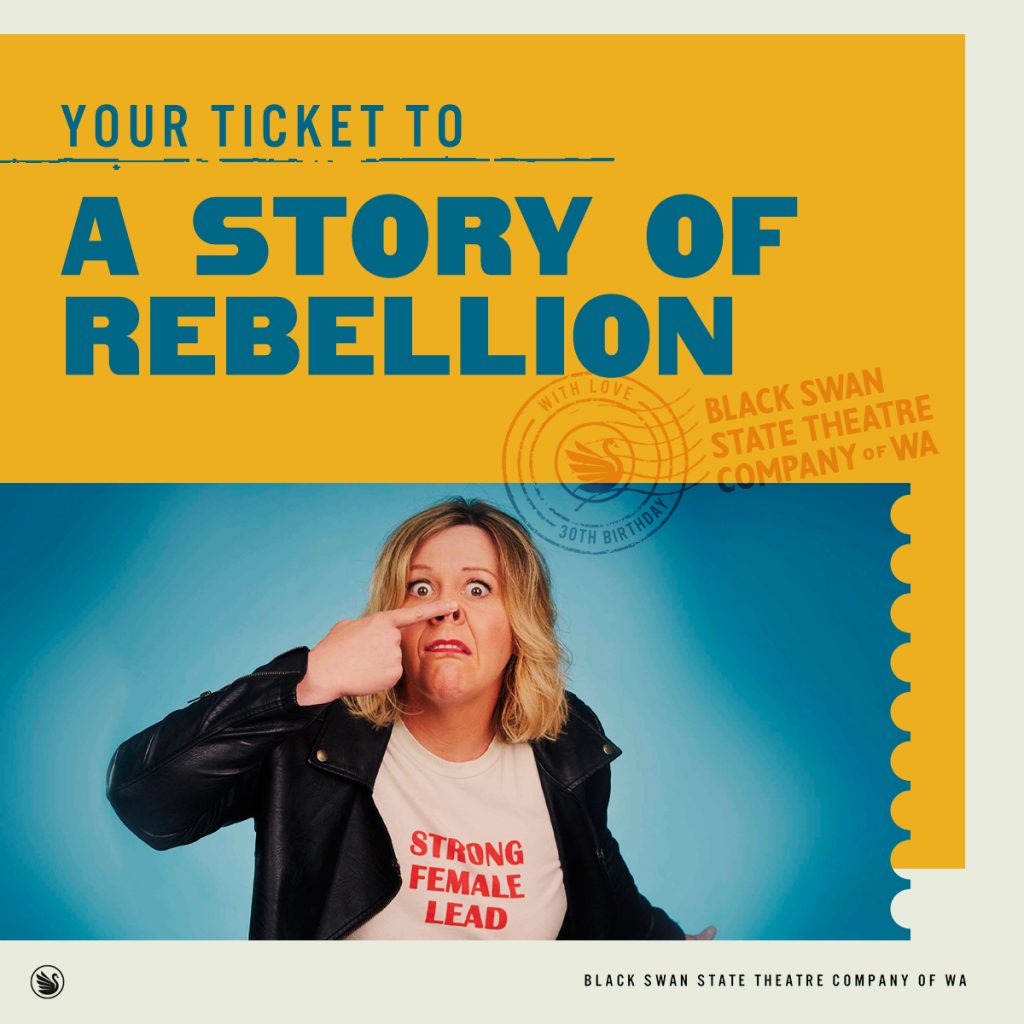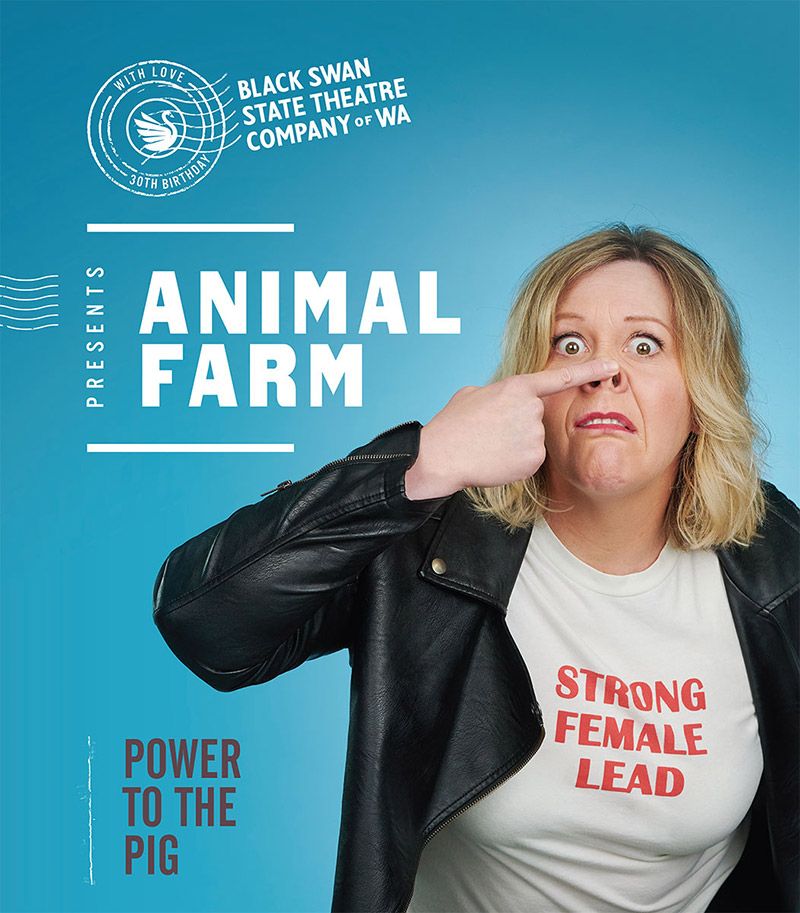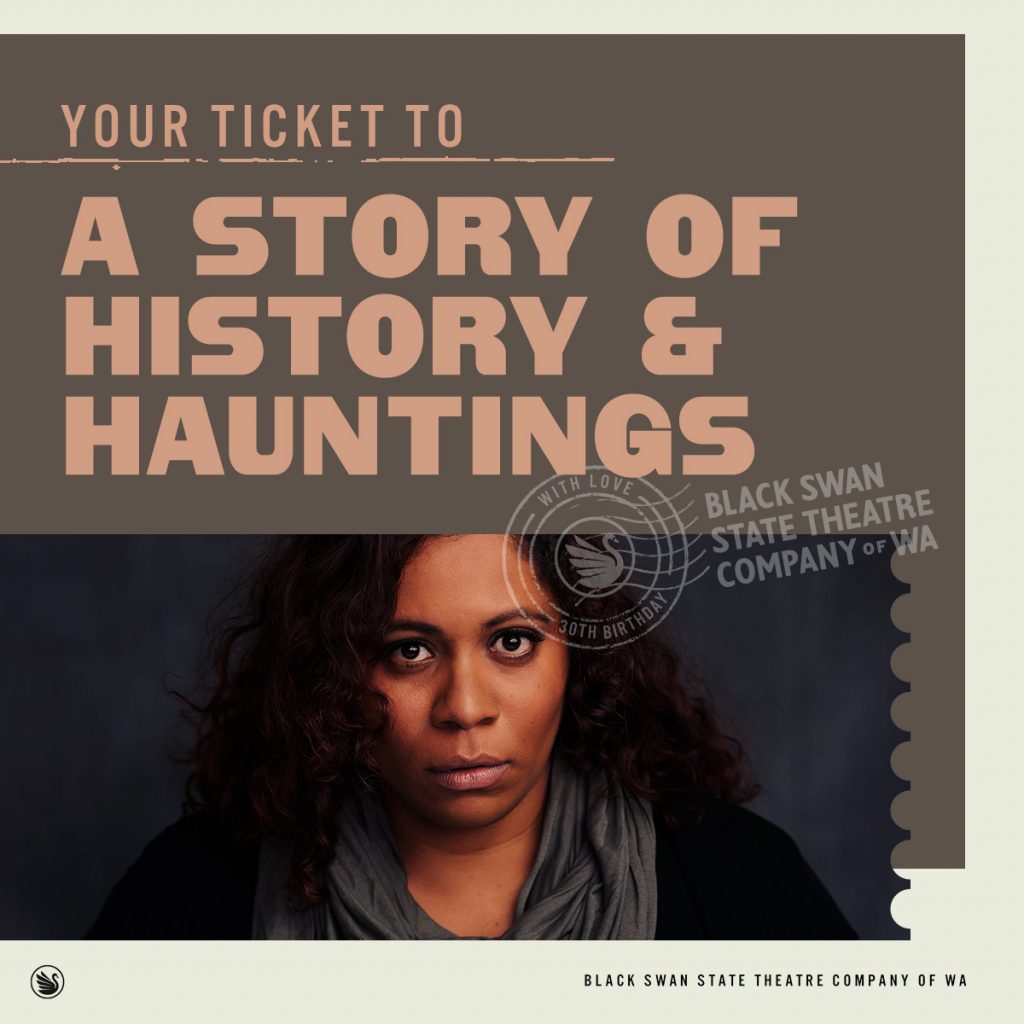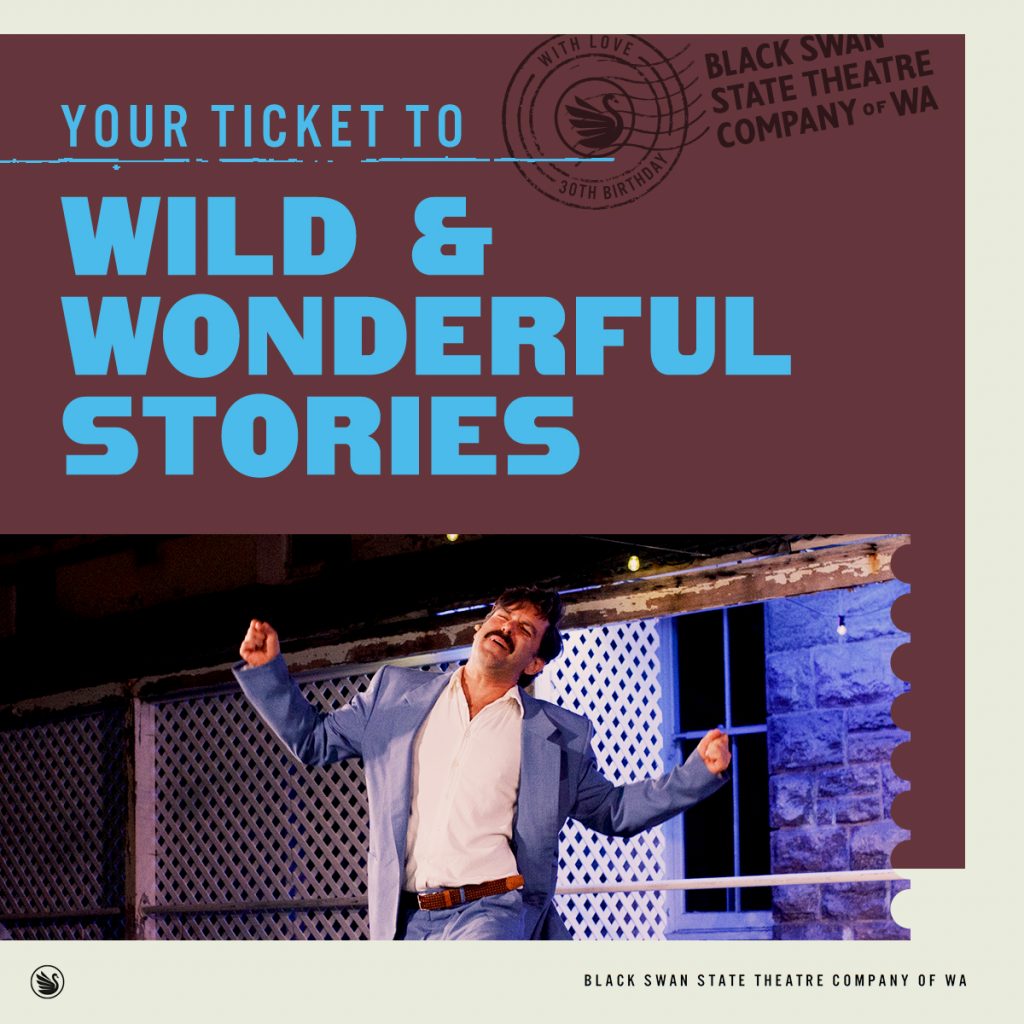How going digital helped Perth fall back in love with theatre.
The Black Swan State Theatre Company of Western Australia, or BSSTC for short, is the primary theatre company in WA. It’s responsible for developing and presenting world-class theatre and performances for the general public, as well as nurturing local artists and growing the live arts industry in WA.
Established in 1991 as the popularity of live theatre was reaching new highs around the globe, BSSTC is a core piece of Perth’s small but charismatic performance industry.


Since its humble beginnings, the Company has consistently presented an annual calendar of shows including new and original plays, refreshed classics and reworked staples.
While there’s little need to recap the earliest stages of the COVID-19 pandemic, BSSTC’s year spent living with limited tourism, stay-at-home restrictions, public uncertainty and a dampened economy resulted in a considerable hit for all across Australia’s arts industry.
By the start of 2021, it was clear that the industry needed to shake things up if it was to bounce back for the coming year.


Having spent years relying on traditional media to spearhead their marketing, the team behind BSSTC realised the importance of switching up their style to kickstart their 2021 recovery. Their solution? Going digital.
They knew that it was time to look for new ways to connect with audiences and reignite their interest in attending the theatre, but the big questions remained; What sort of strategy would work best, and how could it be employed most effectively?
That’s where we fit in.


Even prior to the earliest stages of the COVID pandemic, the global popularity of theatre was falling and attendance figures of live performances were steadily declining.
Pandemic or not, much work would have been needed to bring about a revival of the industry regardless. But given the context, the challenge had taken a turn for the worst.
In the case of a small city like Perth, getting the average theatre-goer to overcome their hesitancy just wasn’t going to be enough. New forms of marketing were needed to sell the idea of live performances to new, untapped audiences if we were to help the company make up for 2020.
The new strategy needed to focus on three main objectives, not as separate pieces of a puzzle, but as a collective:
- Increase awareness
- Attract engagement
- Generate ticket sales


Drawing from our own research we developed a cohesive multi-platform approach that would cover the ‘classic’ digital mediums;
- YouTube
Along with media buying, our strategy would also require content creation in the form of posters, graphics and ad content tailored to each major show through the season.
The goal was to leverage each platform for targeting and engaging with different audiences depending on the show in question.
By custom targeting and tailoring our marketing, rather than relying on the vague net cast by traditional mediums, we felt confident in our ability to get Perth falling back in love with theatre.


The most pressing challenge we needed to overcome was the post-COVID hesitancy still prevalent among the general public.
Even with gradually easing restrictions, we still had to work against an ever-present sense of uncertainty.
Lockdowns could appear at the drop of a hat, and general unpredictability left people hesitant to book tickets in advance to a show that might not go ahead. Months of dashed expectations and last minute cancellations had left people understandably pessimistic.
Effectively engaging new audiences can be a challenge at the best of times, but doing so during a time like this adds another layer of complexity.
Managing this effectively didn’t require rewriting the rulebook, rather, it required reconfiguring each individual element of a typical campaign into one cohesive group.
Building content, copy, audiences and strategy for each platform with the others in mind helped us weave consistent themes throughout each piece of our marketing, promising a collection that worked together rather than in opposition.


Multi-Channel Marketing
To widen the reach of our promotional material while still effectively targeting the groups most relevant to our objectives, we spread our campaigns evenly across multiple channels.
Content Creation
By taking content duties on board, we were able to weave strong, consistent themes between our separate platforms to create that much-needed sense of cohesion.
We wanted to ensure people would make the connection between a poster they saw on Facebook and the trailer that appeared on YouTube. This way, we could rack up valuable impressions without forcing the same pieces of content down people’s throats over and over.


Audience Segmentation
Finding new audiences was an important piece of the puzzle, and we dedicated a significant amount of time to defining and segmenting key groups.
Depending on the show, we broke down our audiences into groups based on specific themes.
With no one-size-fits-all approach, these categorisation methods required us to dig deeper into the themes and nuances of Black Swan’s individual shows.
An adaptation of George Orwell’s classic dystopian allegory Animal Farm would appeal to very different groups compared to York, a story of Australian history and Aboriginal heritage.


Copywriting and Personalisation
Much like our targeting, the copy across our campaigns had to fit the theme of the show.
Did we want to appeal to people’s sense of humour, tease them with mystery and intrigue, engage via satire or rock them with nostalgia?
Tailoring this to the theme of each separate show helped our marketing feel less like marketing, leaving more room for people to act with autonomy rather than pushing them in any specific direction.


Of all the campaigns we ran throughout the year, the outcomes of the four largest – York, The Tempest, Animal Farm and Every Brilliant Thing – paint the clearest picture of how our efforts played out.
Between them, our combined marketing efforts generated 25% of all tickets sold in 2021, as well as 40% of Black Swan’s revenue for the year.
This revenue figure reflected a digital marketing return of 730%, delivering Black Swan a year successful enough to happily write off the gap left behind by turbulent 2020.




